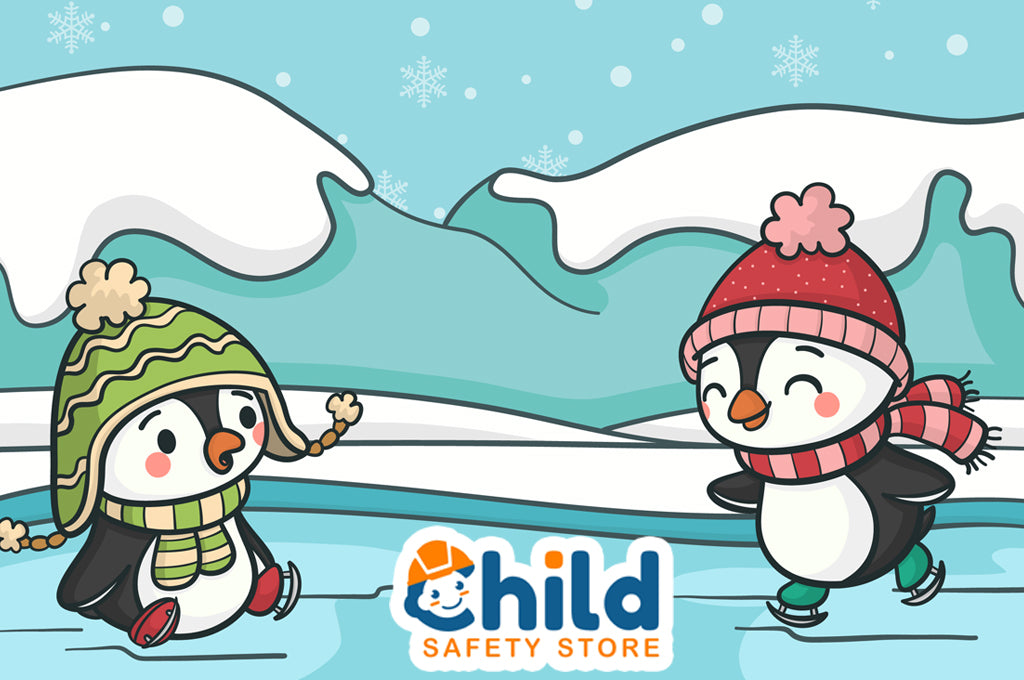
A Guide to Safe Winter Activities
In the winter chill, it can be pretty hard to resist playing out in the snow. This is especially true for children. At Child Safety Store, we want your kids to embrace the winter fun… and stay as safe as possible while they’re at it! Outdoor winter sports can get pretty dangerous at times, so let’s go over some popular cold weather activities and how you can ensure safety and fun.
Before Going Outside
Before your kids step outside, be sure that they are properly bundled up. To this end, we wrote a guide about keeping warm during the winter months. When kids are playing outside, avoid winter coats and accessories that have a drawstring. These strings may get caught on sports equipment and cause a strangulation threat. Instead, consider clothing that has Velcro or snaps. Once your child goes outside, limit their time spent in the cold temperatures. This can effectively help to avoid hypothermia or frostbite. Instead, have your child break up playtime with a stop indoors and a hot drink to warm his or her system.
Playing in the Snow
Snow angels, snowball fights and forts have all the makings of childhood fun. This is all well and good as long as some simple guidelines are closely followed. For instance, children should stay away from snowplows and snow blowers during their wintertime play. Approaching machinery can be a recipe for unnecessary injury. Speaking of which, snowball fights are a staple winter activity; however, be sure that the snow isn’t icy before the snow battles begin. This snow can be surprisingly hard. When someone is hit with a snowball, especially near the face, it can cause serious injuries. Finally, while snow forts can be loads of fun, they can also collapse and trap a child. If your child is building a fort, be sure to keep a close eye on them.
Sledding
Sledding on a snow-covered hill is another rite of passage when it comes to fond childhood memories. Sledding can feel exhilarating to a child. But doing so without danger is key. When sledding, always sit up. Lying down, especially head first, can increase the possibility of head or spine injuries. It is also best not to sled near the street or near items that can block your path, such as trees. Furthermore, kids should try to avoid crowded areas when sledding. Be sure to avoid others who may be nearby. When you reach the bottom of the hill, move out of the way so that any sledders who come down the hill after you don’t hit you.
Ice-Skating
An ice skater’s skates should always be comfortable and provide adequate support. This will help the skater to avoid twisting or spraining their ankles. Once they venture out into the cold, it is absolutely critical that they check and obey any signage that is posted on or near the ice in public areas like lakes or ponds. A red sign means that no skating is allowed on the surface. A yellow sign means to use caution, and should therefore be avoided as well. Best yet, when possible, skate on a fully monitored public rink instead.
When it comes to winter activities, don’t shy away from the fun! Simply be sure to go out there prepared for safety as well. The simple steps above are guaranteed to help create memories for years to come.
